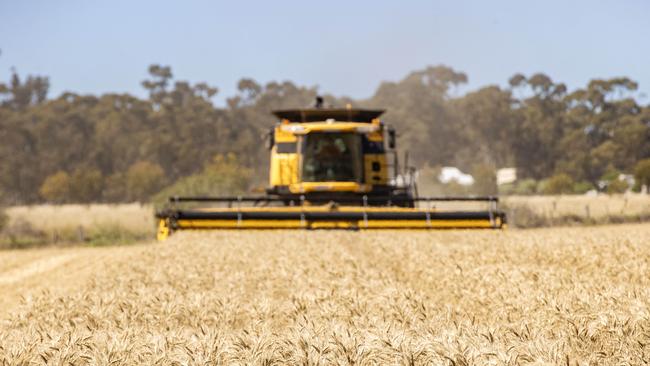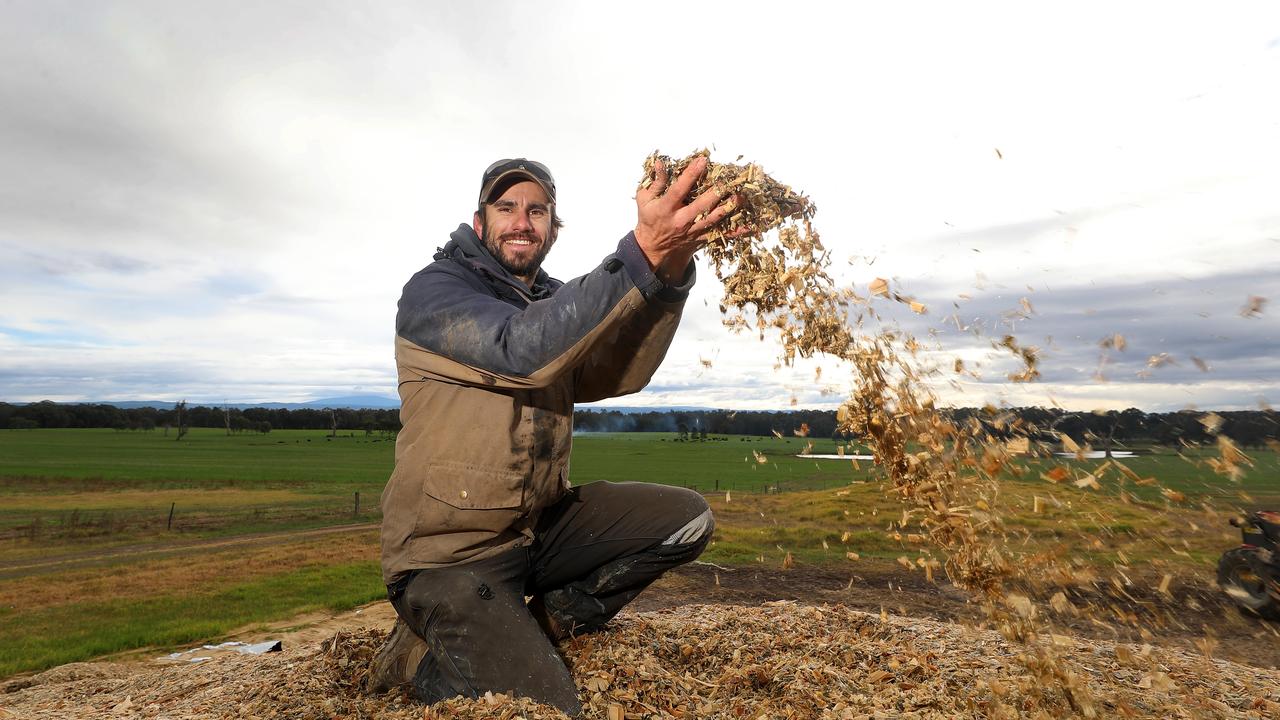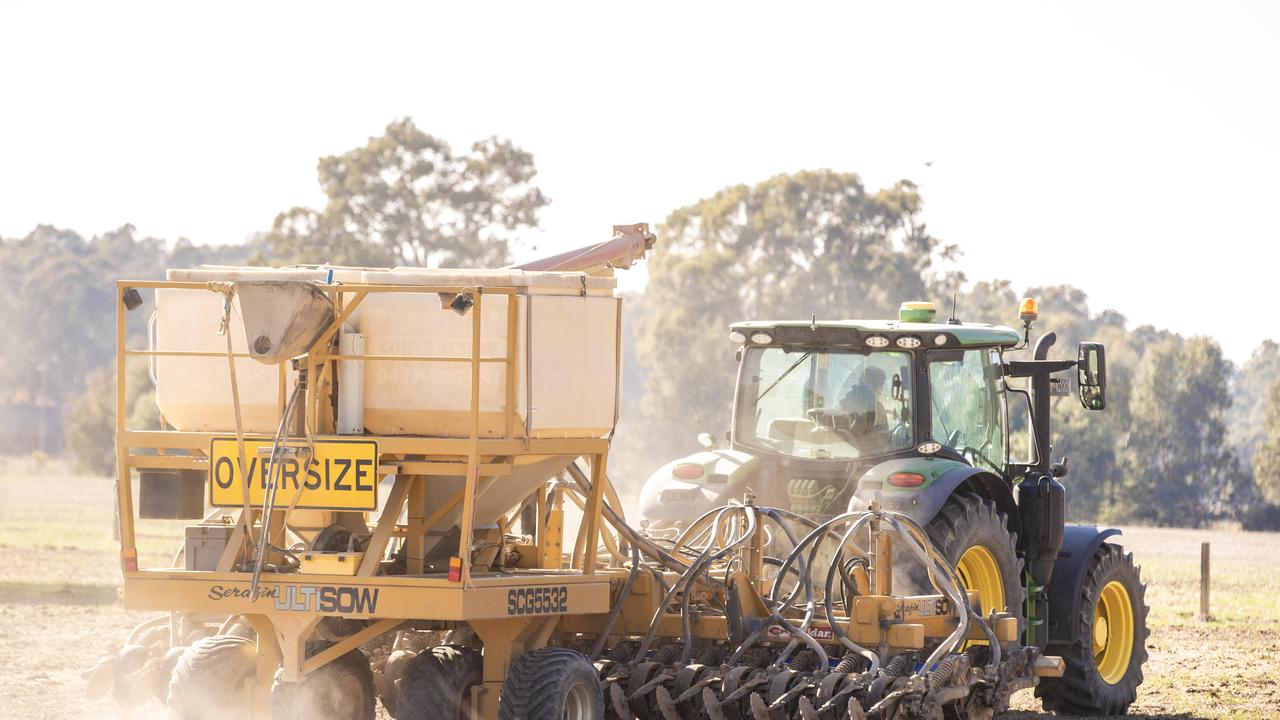Weak northern hemisphere crops prompt optimism for Australian prices
A difficult season in the northern hemisphere has Aussie growers eyeing the wheat market in hopes of higher prices for 2025. See the latest prices.
A shaky season in the northern hemisphere combined with some positive signals for wheat futures has Australian growers looking ahead to the 2025 harvest.
The season in Russia has deteriorated, and there are reports that sowing rates have been at the lowest levels in that country in 11 years.
Any climatic or political event overseas was anticipated to add value to Australia’s wheat price, which was currently sitting at $350 to $365 a tonne in Melbourne.
Market Check chief executive officer Nick Crundall said there were a lot of factors at play, but overall, the outlook for global wheat prices was constructive.
“There is volatility as we head into the northern hemisphere spring, and the Russian crop is as bad as it has been for a while,” he said.
Excess moisture had adversely affected growers in Europe, and Mr Crundall said wheat in the United States was “not great”.
“If just one of those production areas has an issue, the market will respond with higher prices,” he said.

Looking ahead, it was conservatively estimated that Australian prices for wheat could increase by $20 a tonne between now and harvest for 2025.
Ian McColl of Koorawatha in the southwest slopes of NSW said the bigger concern for Australian growers was the fact that Australian wheat was still tracking at $300 a tonne.
“That is where we were 20 years ago, and our cost of production has doubled and even tripled in some cases. Wheat just hasn’t followed in the same direction,” he said.
“The risk is now higher than it has ever been.”
Mr McColl said machinery costs alone added to the overall inputs.
“A top-of-the-line header is worth $1.5m,” he said.
Mr McColl said the lower Australian dollar was good for exports but not beneficial for inputs.
On Wednesday, the Aussie dollar was trading at US0.62c and represented a drop of 3.97 per cent against the US dollar in the past 12 months.
While there were concerns about a dry summer in many parts, Mr McColl said there was still plenty of time for a traditional autumn break.
“We have a couple of months up our sleeve yet,” he said.
Episode 3 director and analyst Andrew Whitelaw said Chicago Board of Trade futures for wheat showed spot prices of $372 for December contracts.
However, production levels overseas were still unknown for the coming season with the United States Department of Agriculture’s January 2025 forecast putting production for the 2024/25 season at about 793.2 million metric tonnes. International demand was forecast at 802.5 million metric tonnes.




